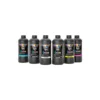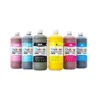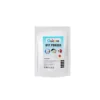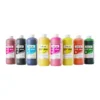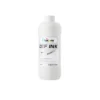UV Ink Printhead Clogging: Common Causes
Ink Problems
UV ink is known for its high viscosity and quick curing properties. While these features make it excellent for certain types of printing, they also contribute to printhead clogging. The ink tends to dry quickly, especially when exposed to air, which can cause it to accumulate and block the fine nozzles of the printhead, leading to poor print quality and downtime.
Printing Environment
The environment in which your UV printer operates plays a significant role in preventing clogging. Factors such as airborne dust, low temperatures, and high humidity levels can increase the likelihood of ink drying too quickly or unevenly, leading to build-up inside the printhead. Dust particles can also contribute to nozzle blockages by sticking to the wet ink surface.
Inadequate Printhead Maintenance
Failure to clean printheads regularly is one of the leading causes of clogging. Over time, ink residue can accumulate, particularly during periods of non-use, causing severe blockages. Furthermore, neglecting to conduct routine maintenance, including cleaning the ink pathways, increases the risk of clogging. Prolonged periods of downtime, where the printer is left idle for days or weeks, can exacerbate this issue.
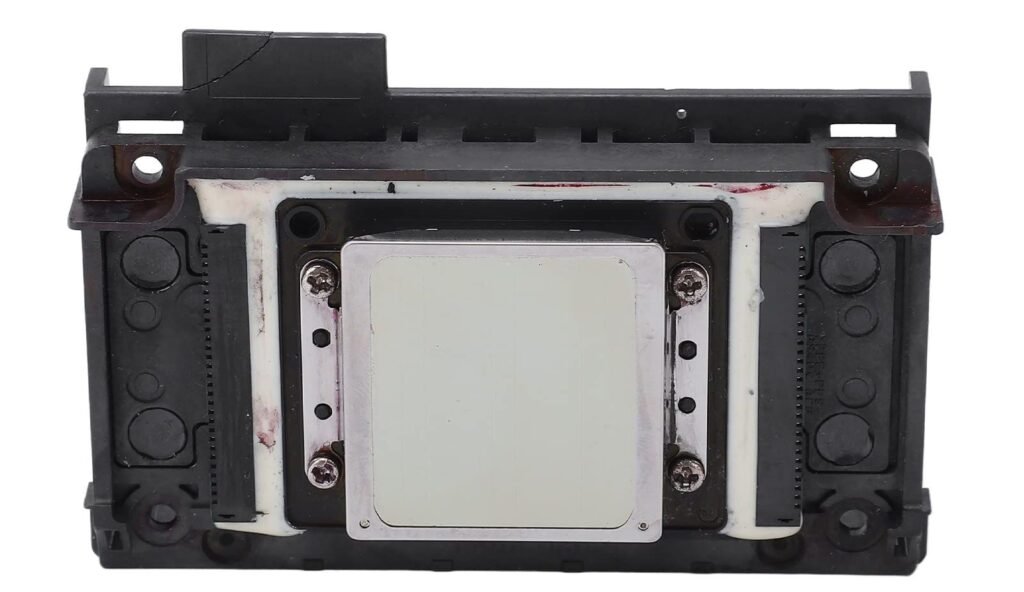
Improper Operation
Using expired or low-quality ink, mixing different ink brands, or frequently powering the printer off without performing proper shutdown procedures can lead to ink consistency issues. These actions can contribute to the formation of stubborn clogs in the printhead. It’s important to use inks within their recommended shelf life and follow the manufacturer’s guidelines to avoid compromising printhead performance.
UV Ink Printhead Clogging Solutions
Automatic Cleaning Function
Many modern UV printers come equipped with an auto-cleaning feature that automatically circulates the cleaning solution through the printhead. This function helps prevent ink from drying inside the nozzles by gently flushing away accumulated residues. Regular use of this feature can greatly reduce the chances of clogging and keep the printhead in optimal working condition.
Manual Cleaning
If your printer doesn’t have an auto-cleaning function, or if clogging persists, manual cleaning is a reliable solution. Start by using the manufacturer’s recommended cleaning solution to soak the printhead for a designated period. After soaking, gently wipe the printhead with a soft cloth or cleaning swab to remove the ink residue. Note: Be cautious not to apply too much pressure during cleaning, as this could damage the printhead and cause permanent issues.
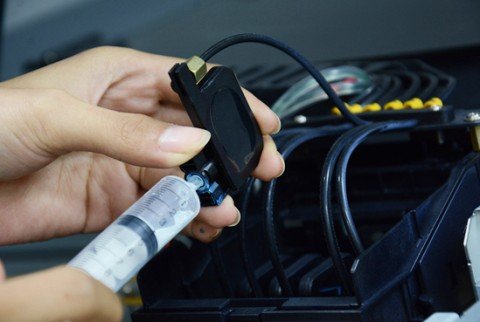
Moisturizing the Nozzle
One of the most effective ways to prevent UV ink printhead clogging is by ensuring the nozzles remain moist when the printer is idle. During prolonged periods of inactivity, use a printhead moisturizer or moisturizing pad to keep the ink from drying out on the surface of the printhead. This will reduce the chance of ink build-up and help preserve nozzle functionality for when the printer is next in use.
Replacing the Filter
The ink supply system’s filters play a crucial role in preventing contaminants from entering the printhead. Over time, these filters can become clogged with debris or ink particles. Regularly replacing the filters is essential to maintaining proper ink flow and preventing foreign substances from affecting the printhead.
Replacing the Printhead
In cases where the printhead is severely clogged and cannot be restored through cleaning, it may be necessary to replace it. However, it is advisable to exhaust all other options before resorting to printhead replacement. Replacement should be seen as a last resort after trying automatic and manual cleaning methods.
How to Prevent UV Ink Printhead Clogging
Control the Environment
The printing environment significantly impacts printhead health. Ensuring the temperature remains between 20-25°C and maintaining a relative humidity level of 40-60% is crucial for reducing ink drying. Excessive heat or humidity can cause inconsistent curing and lead to build-up inside the printhead. Additionally, maintaining a clean workspace is essential to minimize airborne dust particles that can clog the nozzles.
Use High-Quality Ink
To minimize the risk of clogging, always choose high-quality UV ink that is compatible with your specific printer model. Poor-quality or counterfeit inks often contain impurities or inconsistent viscosity, which can cause blockages. Ensure you purchase ink from reputable sources and strictly follow the manufacturer’s recommended ink specifications.
Regular Maintenance
Regular maintenance is the key to long-term printhead performance. Make it a habit to clean the printer’s printheads, ink pathways, and filters either daily or weekly, depending on your usage frequency. Additionally, periodically running test prints even during idle periods can help prevent ink from drying in the printhead. Regular maintenance will reduce the chances of ink residue buildup and extend the lifespan of your equipment.
Avoid Prolonged Downtime
When your printer is not in use for an extended period, it is critical to perform necessary maintenance tasks to protect the printhead. Use a cleaning solution to flush the ink system and empty the ink cartridges. This will help preserve the condition of the printhead and prevent ink from drying inside the nozzles. If possible, run a maintenance cycle or perform a small test print before storing the printer to ensure the ink does not dry out in the printhead.
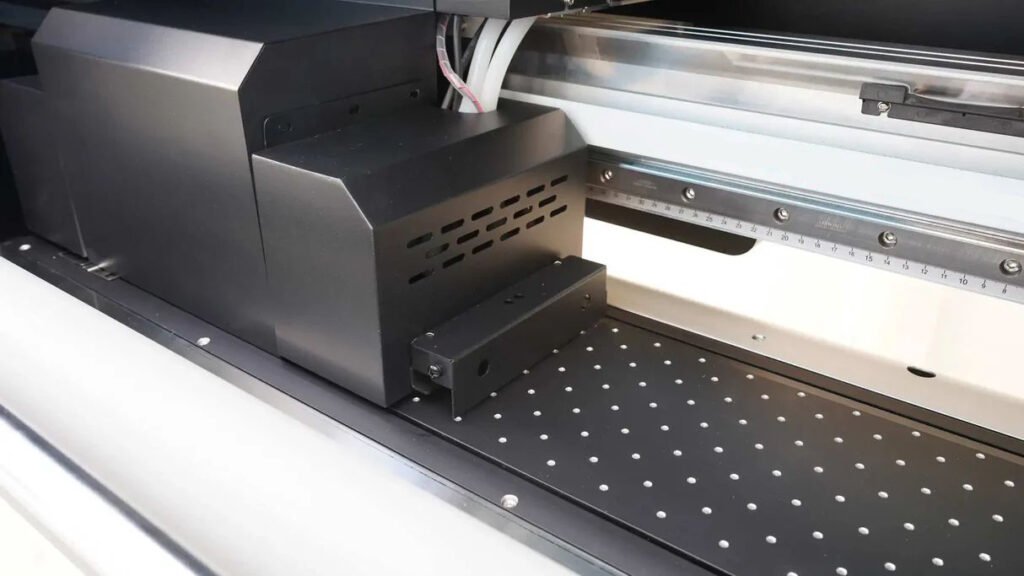
Use Low Viscosity Ink
For printers prone to clogging, consider switching to low-viscosity UV ink. This type of ink flows more easily through the printhead and reduces the chances of clogging. Ensure that the low-viscosity ink you choose meets your printing requirements while also maintaining the performance standards of your printer.
Understanding Different Ink Types and Their Impact on Clogging
Not all UV inks are created equal, and choosing the right one for your printer is a critical factor in preventing printhead clogging. Beyond just viscosity, there are other characteristics of UV ink that can influence clogging risks. Let’s take a closer look:
Fast-Curing vs. Slow-Curing UV Inks
Fast-curing UV inks are designed to dry quickly under UV light. While this feature is advantageous for some printing processes, it can also increase the likelihood of ink curing prematurely inside the printhead if the system isn’t adequately maintained. Slow-curing UV inks, on the other hand, offer a longer open time, which can reduce clogging risk. However, they may require a more controlled curing environment, as they take longer to dry.
Pigmented vs. Dye-Based UV Inks
Pigmented UV inks contain solid particles that can sometimes contribute to clogging, especially if the ink isn’t thoroughly circulated within the system. Dye-based inks, while offering vibrant colors, can dry out more easily when exposed to air. Knowing the unique properties of the ink you’re using and understanding how they interact with your printer’s components is essential for effective clog prevention.


